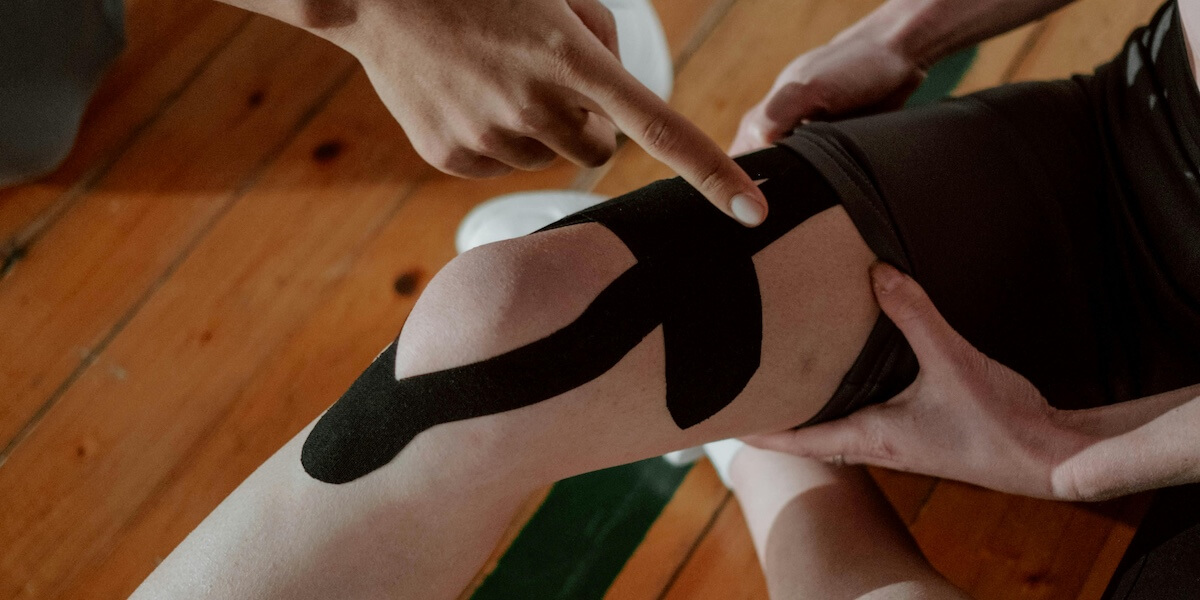Knee pain can be caused by a range of factors and can be painful and debilitating.
Some people worry that their knee pain will result in the need for surgery. Often this is not the case. Knee trauma is common from falls and collisions however most knee pain is due to altered muscle mechanics, often involving the kneecap.
Osteopaths will determine the cause of your knee pain and most importantly help you correct the mechanics of your knee and other joints so that you can move around with confidence and comfort. If need be, your osteopath will refer you for further medical assessment.
Most knee pain is due to altered joint and muscle mechanics particularly of the kneecap (patellofemoral joint).
The kneecap slides up and down on the cartilage surface of the thigh bone and is enveloped by the thigh muscles (quadriceps). The main action of the kneecap is to increase the leverage of the thigh muscles and increase power and range of knee extension.
If the kneecap is not sliding evenly in this groove, pain is highly likely to occur, especially when the thigh muscles are contracting (e.g squatting, walking up and downstairs, running). This is usually a gradual occurrence and explains why people may experience episodes of swelling after these activities.
The patellofemoral joint is reliant on flexibility and strength of the thigh muscles. If the muscles on the outer thigh are tighter and stronger, the kneecap will be pulled toward the outside of the joint surface. This is a common occurrence as the muscles of the outer thigh and buttocks are used whenever we weight-bear and gradually become tighter and tighter. If this tension is not released (particularly by stretching) the kneecap will continue to be pulled off centre increasing the likelihood of patella tendonitis, bursitis and ultimately arthritis of the knee joint.
Further contributing factors to the kneecap moving off-centre include:
- Wasting of inner thigh muscles (often after the previous injury).
- Feet rolling inward due to unsupported arches and poor footwear.
- Wider hips (especially females) increase the angle of thigh muscles.
- Legs bowing inward (knock knees) increase the angle of thigh muscles.
Information obtained from http://www.osteopathy.org.au/
